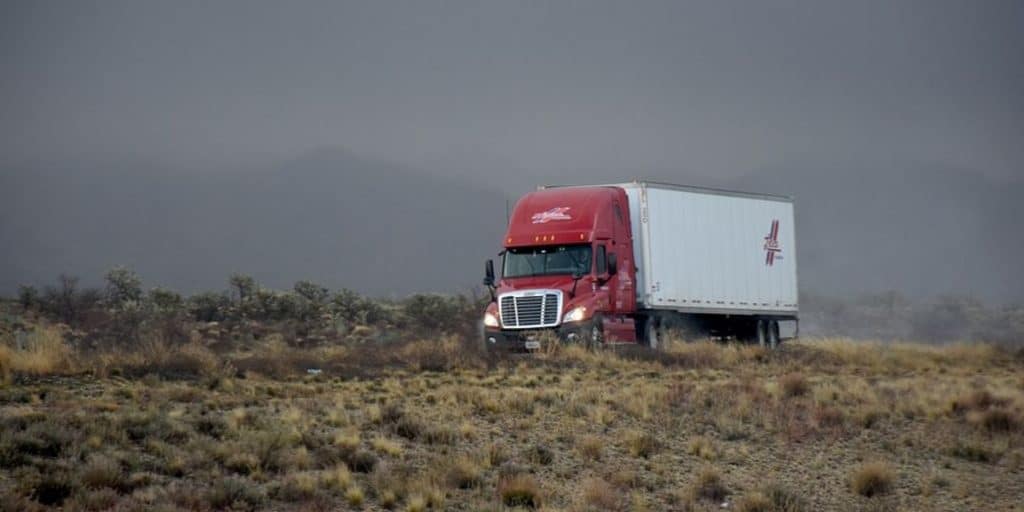
Shippers can expect interference with normal freight patterns and capacity the week of September 15, 2019 as the Commercial Vehicle Safety Alliance (CVSA) will conduct its annual week-long brake-focused inspection event, taking capacity off the road.
Brake Safety Week will run from Sept. 15-22 as CVSA officials conduct roadside inspections of brakes on all commercial vehicles throughout North America.
During the event last year, according to the CVSA, out of the 35,080 vehicles inspected during the blitz officials found that 4,995 were in violation of sub-standard brake systems.
These vehicles were mandated out of service until the issues could be corrected.
Fewer Trucks Translates to Tighter Capacity
In addition to out of service orders that take drivers off the road, many commercial operators choose not to drive during the week, which also has a drastic effect on capacity.
One of Zipline’s mid-sized East Coast and Midwest-based carrier partners reported that last year somewhere between 30-40 percent of their owner operators were not driving during the week’s inspection period.
Owner operators frequently opt to forgo a week’s worth of work rather than face potential fines that result from a failed brake inspection or other various violations.
Regardless of the rationale, fewer trucks on the road means limited available options to haul your freight. This can translate into higher costs for customers booking freight. According to data collected at Zipline Logistics, rates were inflated by an average of 6 percent during last year’s blitz. This number can fluctuate further in markets where capacity is atypically strained.
Along with tighter capacity and higher rates customers can also expect to see:
- An increase in transit time for orders
- Possible service failures
Prior Brake Inspection Roundup
These inspection blitzes happen every year. Their frequency and duration fluctuate, but this is the CVSA’s third check in 2019.
During the 72-hour International Roadcheck inspection in June 2019, the CVSA placed 12,019 trucks and 2,784 drivers out of service. According to the CVSA, 4,578 of those violations were braking system related.
An unannounced brake inspection blitz in May 2019 put 1,667 trucks out of commission for brake violations.
In the aftermath of 2018’s International Roadcheck, out-of-adjustment brakes and other brake system violations represented 45 percent of all out-of-service vehicle violations.
The last DOT brake blitz sent the national load-to-truck availability ratio from 2.6(soft capacity procurement indicator) to 3.8(challenging capacity procurement indicator), and the June general inspection blitz drove spot rates up 14 cents/mile on average.
While it is likely that many of these issues have been corrected in order to get their trucks back on the road, we can expect to see similar ratios of trucks placed out of service for brake violations this year.
“We all know how important a properly functioning brake system is to vehicle operation,” said CVSA President Chief Jay Thompson with the Arkansas Highway Police. “All components of the brake system must always be in proper operating condition. Brake systems and their parts and components must be routinely checked and carefully and consistently maintained to ensure the health and safety of the overall vehicle.”
How Zipline Can Help Get You Through the Blitz
It’s critical that you adjust your shipments for the fluctuating truck market next week. Reach out to Zipline today to discuss the steps you need to take to adjust to strained trucking capacity.
We can work with your organization to create scheduling, routing, or mode solutions for any foreseeable disruptions and keep your shipments on schedule.
To see what options are available, contact Zipline Logistics